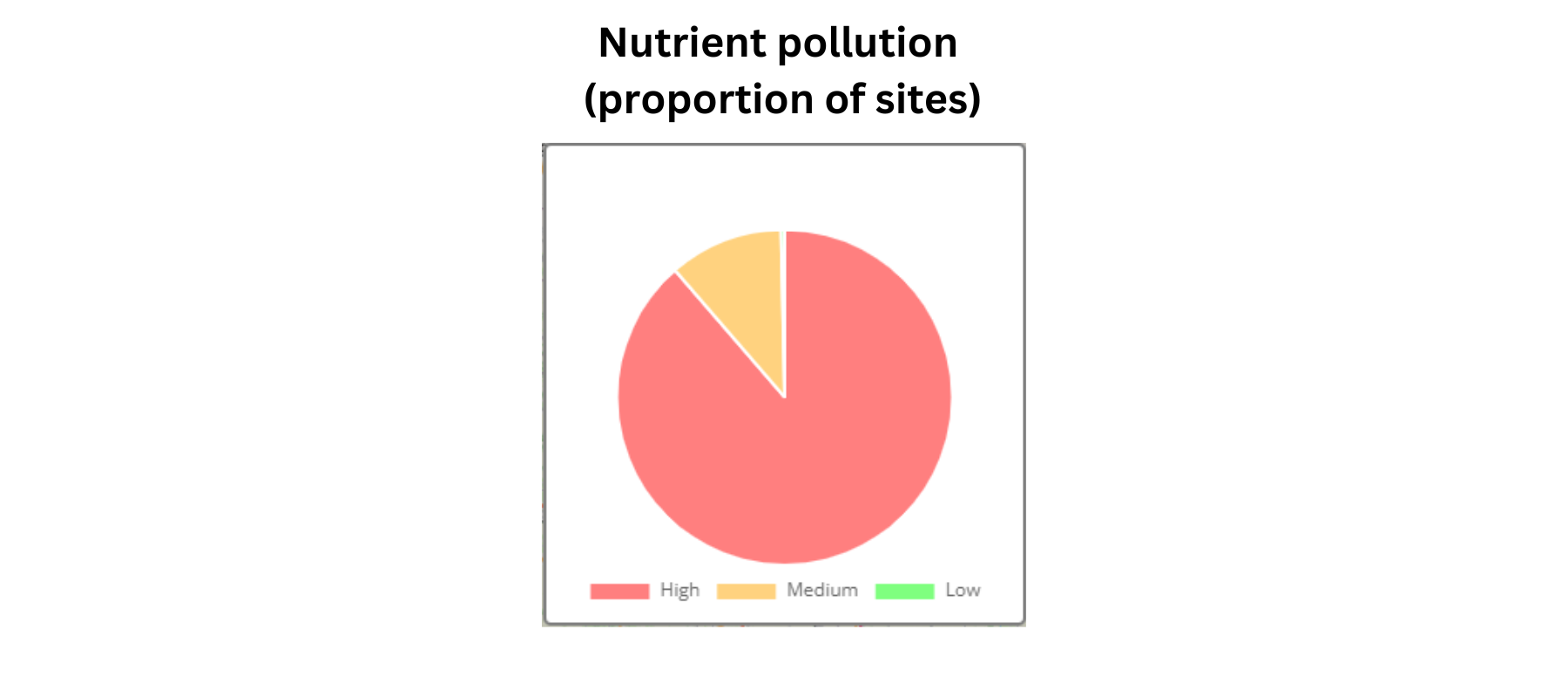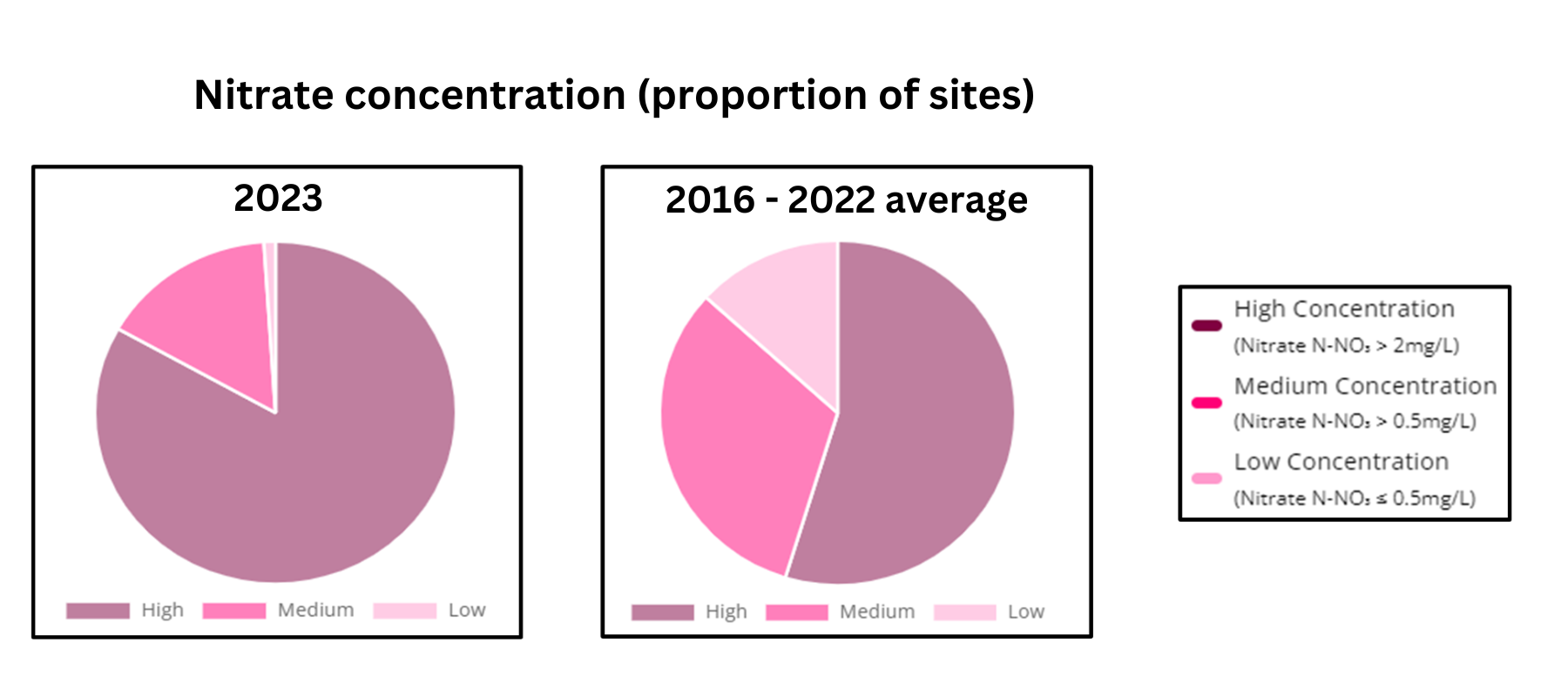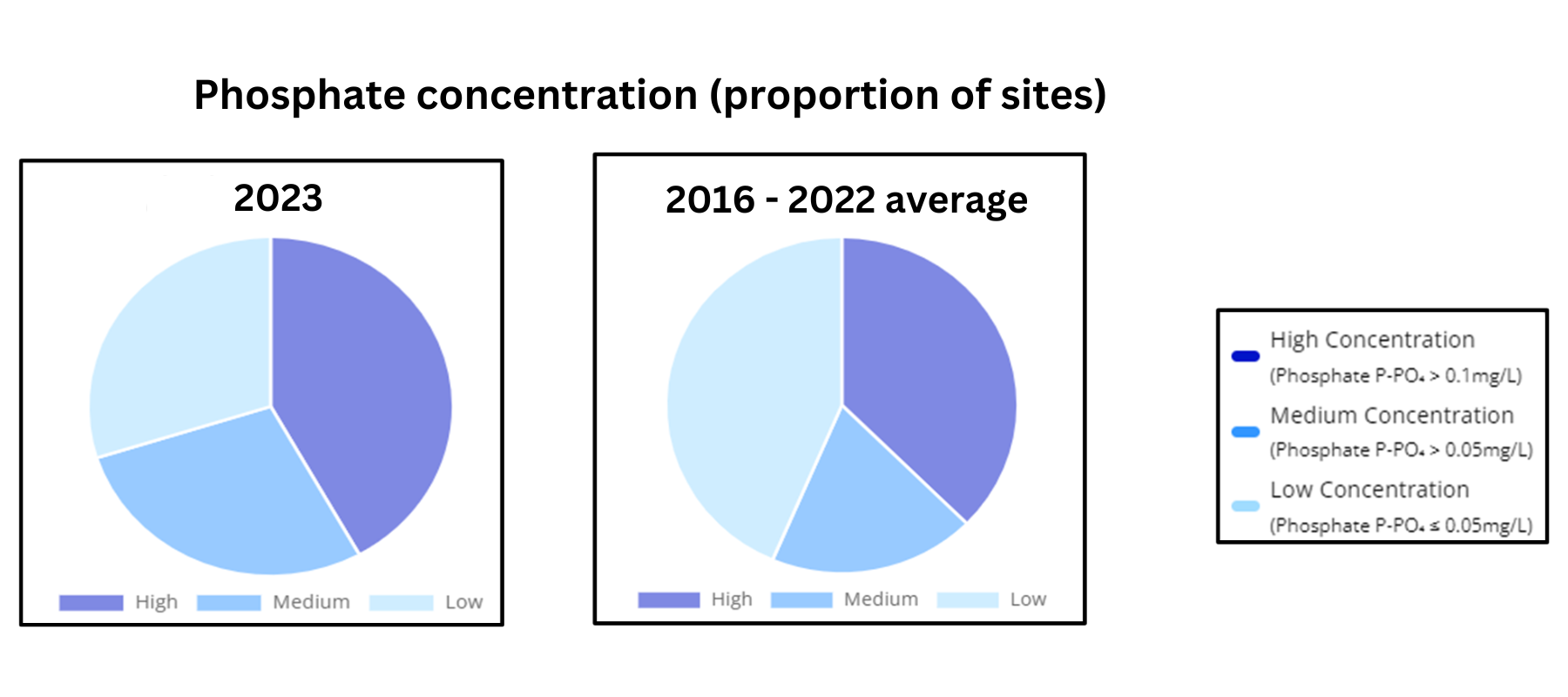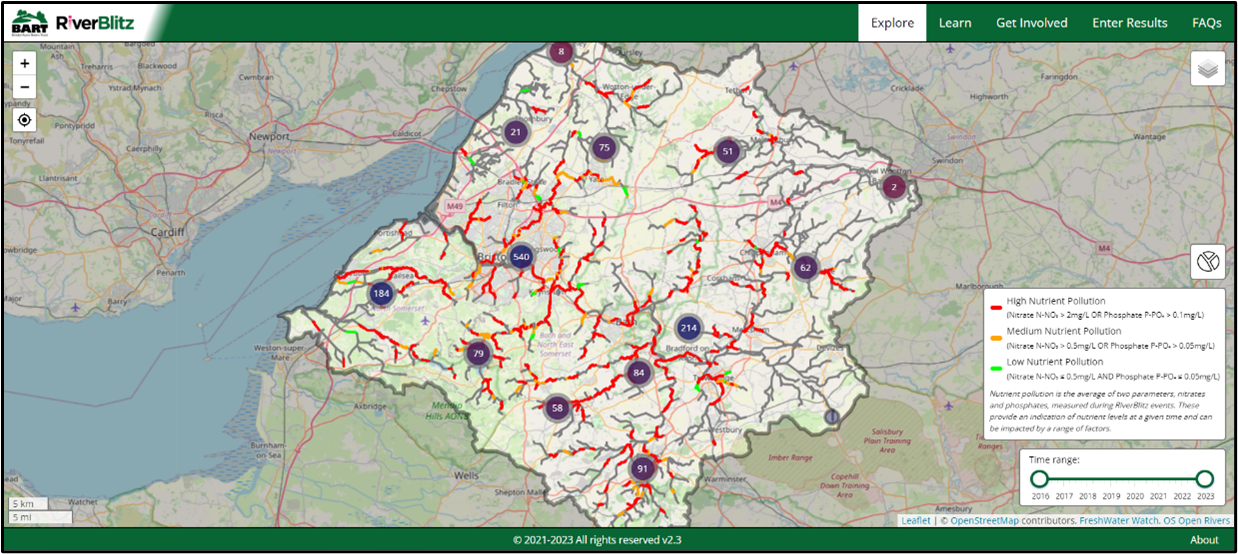Freshwater habitats account for some of the richest biodiversity in the world, and rivers are a crucial ecosystem for both wildlife and people. The more we learn about them and understand their processes, the more we can do to make them healthy again. This is why each year Bristol Avon Rivers Trust (BART) works with an army of volunteer citizen scientists to deliver the ‘Bristol Avon RiverBlitz’ to capture water quality data throughout the catchment. The data collected in July have now been analysed and the results are in!
This year’s annual RiverBlitz has been our biggest triumph to date, with an incredible 193 citizen scientists heading out to monitor their local rivers and streams. Many citizen scientists from this year’s RiverBlitz attended local events which were held on the Wellow Brook, River Biss, River Chew and Land Yeo. During these in-person events, volunteers were provided with their easy-to-use water quality testing kits and given demonstrations on how to use them before heading out to take their own samples. BART were thrilled to have such a fantastic turn out of dedicated and enthusiastic citizen scientists in these catchments – and in some cases, despite the very wet weather!
Between the 7th to 14th July, volunteers took part in water quality testing at their local watercourse, with an astounding 292 samples collected and recorded across the catchment. For the eighth year, RiverBlitz volunteers tested nutrient levels in watercourses across the Bristol Avon river catchment.
Nitrates and phosphates which were both tested, are amongst the most common pollutants of freshwater environments and can have wide ranging harmful effects on wildlife. They can enter our watercourses from various sources, such as pesticides and fertilisers washing into our rivers, waste from livestock, sewage overflows, and even treated sewage discharges as treating wastewater does not remove all chemicals. Find out more about nutrient pollution in this excellent video: Phosphates: Too Much Of A Good Thing.
Concerningly, results from this year’s Bristol Avon RiverBlitz show that when nitrate and phosphate results are combined, 89% of sample locations recorded high levels of nutrients, with only one out of the 293 sample locations showing a low concentration.

Nitrate itself had substantially elevated levels, with 83% of samples having a high concentration (>2mg/L), and only 1% having low levels (0.5mg/L). For phosphate, 42% of the samples showed high concentration (>0.1mg/L), while 30% had low concentration (0.05mg/L), with the remaining samples falling between the two. Compared to previous years, both nitrate and phosphate showed higher-than-average pollution levels.


So why are nutrient levels higher this year than previous years and what is the impact?
Nutrient data can be influenced by a range of factors including weather conditions, temperature, and inputs from other connecting waters.
The 2023 Blitz began during a rainfall event following an extended period of extremely dry weather. This scenario could explain the elevated nutrient levels, as nutrients accumulated on land prior to rainfall are washed into the watercourse during the first storm event.
The impact of such events on aquatic wildlife can be substantial, as aquatic organisms can already be stressed due to low river flows and rising temperatures during dry weather. Heavy rainstorm events are likely to exacerbate this stress when toxins wash off roads and fields and enter the water channel, along with water company combined sewage overflows that discharge diluted raw sewage during periods of wet weather.
The Bristol Avon RiverBlitz data provides a high-level snapshot of nutrient levels throughout the catchment which will be shared with the Bristol Avon Catchment Partnership to help pinpoint areas to concentrate future conservation work to improve water quality.
Data for each watercourse collected since the first event in 2016 is accessible to the public via the Bristol Avon RiverBlitz visualization tool. This interactive map allows you to click on your local watercourse and see if it has high, medium or low levels of nitrate of phosphate. The tool can be accessed on our website here.
Bristol Avon Rivers Trust CEO, Simon Hunter, states…
“BART has again played a vital role in shining a light and raising awareness of the ongoing issues impacting the health of our rivers at a time where statutory monitoring is in decline. Our rivers are nature’s arteries, providing critical ‘green and blue’ space for communities to enjoy recreation and escape the stress and bustle of daily life. Healthy rivers are also key to the success of nature’s recovery.
As a developed nation, it is unacceptable that we continue to pollute our rivers in this manner, and we hope that the RiverBlitz data gathered by local communities will help demonstrate that there is still a long way to go in providing healthy watercourses throughout the Bristol Avon. It is time for decision makers to step up and provide local people and our wildlife the rivers that they deserve.”
The team at BART is already hard at work developing plans for the Bristol Avon RiverBlitz 2024. If your organsiation would like to help fund the 2024 event, we’d love to hear from you: info@bristolavonriverstrust.org
Thank you to the Bristol Avon Catchment Partnership, Wiltshire Wildlife Trust, Avon Wildlife Trust, Osbourne Clarke Charitable Trust, Triodos Foundation, Big Give, Bristol Water, Robert Clutterbuck Charitable Trust and Allford Hall Monaghan Morris for their contributions towards funding the 2023 project. A huge thank you to all of the citizen scientists that made this year the best event yet!
Thank you to Riskaware, who work with us to develop our online data platform. If you would like to know more about what Riskaware do, and the products and services they offer please visit their website – www.riskaware.co.uk.
For more information about this year’s project or get in touch with us please email: info@bristolavonriverstrust.org









